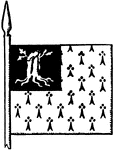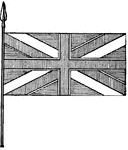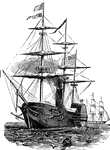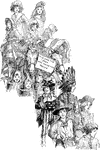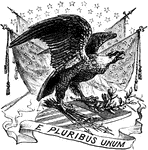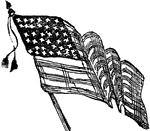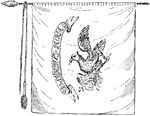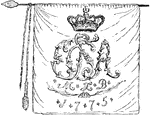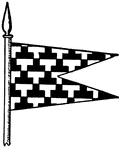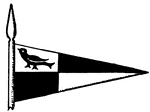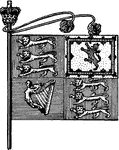Clipart tagged: ‘flags’
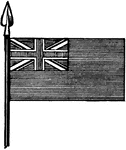
Blue Ensign
The Blue Ensign is a flag of Great Britain. It is the distinctive ensign of the royal naval reserve.
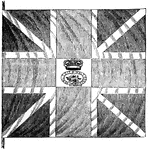
British Flag
"British flag. This is a representation of one of the flags surrendered at Yorktown, and presented to…
!["Capture of Fort De Russy, La., on the 14th of March, 1864, by the Federal forces under General Andrew Jackson Smith. This fort was captured, March 14th, 1864, by the Federal forces under General A. J. Smith. The expedition left Vicksburg on March 10th, landed at Summerville, La., on the 13th, and marched to Bayou Glace, where General Scurri's Confederate brigade had been encamped, which fled on the approach of the transports, leaving considerable camp equipage and commissary stores. General Smith pushed forward to Yellow Bayou, where strong fortifications had been erected; but the Confederates again fled. As he came up the enemy was pressed, and some skirmishing occurred, resulting in the capture of several prisoners and a small wagon train. At daylight the entire command started for Fort de Russy, twenty-eight miles distant, hotly pursued by General Dick Taylor, who hoped to save the fort; but Smith had the lead, and at four o'clock in the afternoon the Third and Ninth Indiana Batteries opened on the fort, which replied vigorously with three of its heaviest guns. The cannonade continued an hour, when General Smith ordered the First and Second illinois Regiments, Sixteenth Corps, under General Mower, to charge the enemy's rifle pits and storm the fort. The Eighty-ninth and One Hundred and Nineteenth Indiana and Twenty-fourth Missouri Regiments charged over deep ditches and a thick abatis in the face of a galling fire, and within twenty minutes after the order was given the [African American] sergeant of the Fifty-eighth Illinois Volunteers planted the American flag upon the enemy's works."— Frank Leslie, 1896](https://etc.usf.edu/clipart/11700/11750/derussy_11750_mth.gif)
Fort de Russy
"Capture of Fort De Russy, La., on the 14th of March, 1864, by the Federal forces under General Andrew…

Dutch West India Flag
"Flag of the Dutch West India Company. When the rights of the company ceased, a new and more powerful…

Flag of St. George
The Flag of St. George is a flag of Great Britain. It shows the red cross of St. George on a white field,…
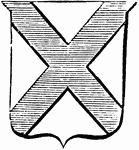
Saltire Flag
In heraldry, an ordinary in the form of St. Andrew's cross, formed by two bends, dexter and sinister,…
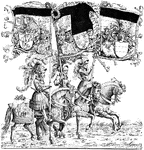
Horsemen, Three Abreast, with Banners
Horsemen, Three Abreast, with Banners, from the engraving 'The Triumphal Procession' by Hans Burgkmair.
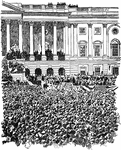
Inauguration of William McKinley
The inauguration of President William McKinley led by the Black Horse Cavalry down Pennsylvania Avenue.
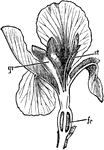
Iris
Iris is a genus of between 200-300 species of flowering plants with showy flowers. It takes its name…

New York Seventh Regiment Marching Down Broadway
The secessionists tore up the railroad but the men of the eighth Massachusetts knew how to build railroads.…

Pennons
"PENNONS. Small flags borne at the end of a lance of an esquire or gentleman bearing his paternal arms.…

Battle of Secessionville
"Battle of Secessionville, James Island, S. C.- bayonet charge of Federal troops, commanded by General…
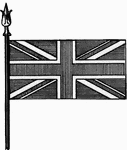
Union (National) Flag of Great Britain
The Union Flag is the national flag of Great Britain. It is more properly called the 'Great Union',…
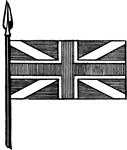
Union Flag: Crosses of St. George, St. Andrew, and St Patrick
The Union Flag after the Union of Ireland and Great Britain, and the addition of the cross of St. Patrick.
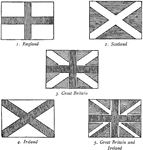
The Union Jack
"The Act of Union with Scotland (1707) required that England and Scotland should have one flag made…
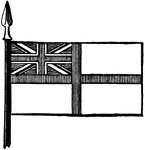
White Ensign
The White Ensign is a flag of Great Britain. It is the peculiar flag of the royal navy.

William of Normandy and His Norman Forces Land on England's Shores
Norman ships and warriors following William the Conqueror, also called William of Normandy, land on…

